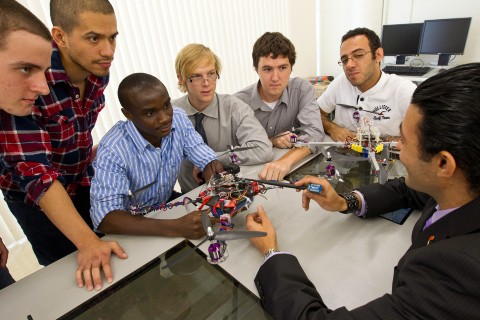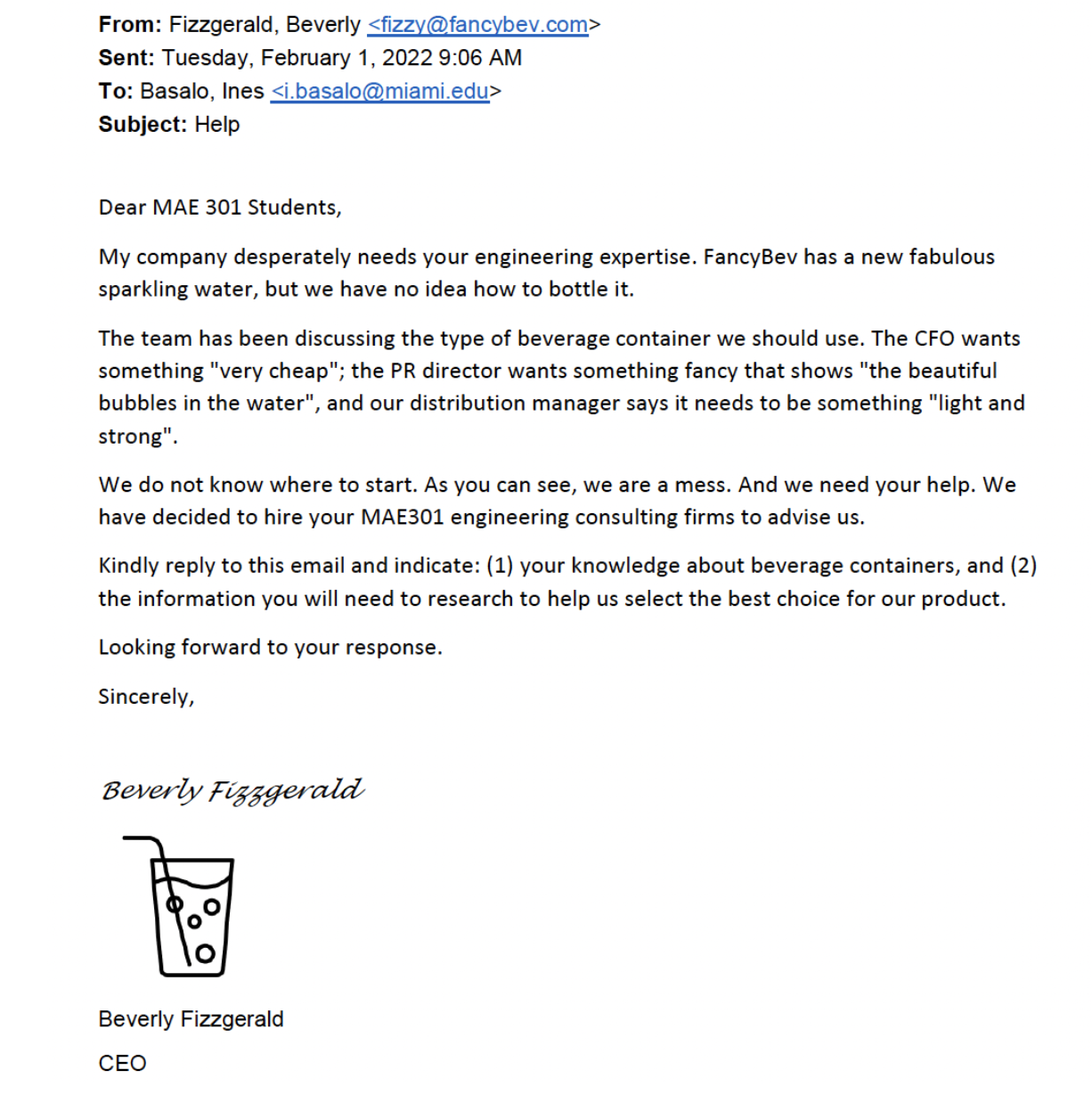Baguma, Bagarukayo, E., Namubiru, P., Brown, C., & Mayisela, T. (2019). Using WhatsApp in Teaching to Develop Higher Order Thinking Skills-a Literature Review Using the Activity Theory Lens. International Journal of Education and Development Using Information and Communication Technology, 15(2), 98–116.
Banchi, H., & Bell, R. (2008). The many levels of inquiry. Science and Children, 46(2), 26-29.
Becker, S.A., Cummins, M., Davis, A., Freeman, A., Glesinger Hall, C. & Ananthanarayanan, V. (2017). NMC Horizon Report: 2017 Higher Education Edition. Austin, Texas: The New Media Consortium. Retrieved February 1, 2023 from https://www.learntechlib.org/p/174879/.
Chu, Reynolds, R. B., Tavares, N. J., Notari, M., Lee, C. W. Y., & ProQuest. (2017). 21st century skills development through inquiry-based learning : from theory to practice. Springer.
Duch, B. & D., Gron & Allen, Deborah. (2001). The Power of Problem-Based Learning.
Frymier, A. B., & Shulman, G. M. (1995). “what's in it for me?”: Increasing content relevance to enhance students' motivation. Communication Education, 44(1), 40–50.
Hanna Kienzler & Carolyn Fontanesi (2017) Learning through inquiry: a Global Health Hackathon, Teaching in Higher Education, 22:2, 129-142, DOI: 10.1080/13562517.2016.1221805
J. Chem. Educ. 2022, 99, 5, 2135–2142. Publication Date:March 24, 2022. https://doi.org/10.1021/acs.jchemed.1c01277
Manca. (2020). Snapping, pinning, liking or texting: Investigating social media in higher education beyond Facebook. The Internet and Higher Education, 44, 100707. https://doi.org/10.1016/j.iheduc.2019.100707
Pedaste, Mäeots, M., Siiman, L. A., de Jong, T., van Riesen, S. A. N., Kamp, E. T., Manoli, C. C., Zacharia, Z. C., & Tsourlidaki, E. (2015). Phases of inquiry-based learning: Definitions and the inquiry cycle. Educational Research Review, 14, 47–61. https://doi.org/10.1016/j.edurev.2015.02.003
Schwartz, M. S., Sadler, P. M., Sonnert, G., & Tai, R. H. (2008). Depth versus breadth: How content coverage in high school science courses relates to later success in college science coursework. Science Education, 93(5), 798–826. https://doi.org/10.1002/sce.20328
Vera, S.A. (2016). The Effectiveness of Inquiry Learning Method to Enhance Students’ Learning Outcome: A Theoretical and Empirical Review. J. of Education and Practice, 7 (3): 38-42.
Wahyudiati, D. (2022). The Critical Thinking Skills and Scientific Attitudes of Pre-Service Chemistry Teachers Through the Implementation of Problem-Based Learning Model. Jurnal Penelitian Pendidikan IPA, 8(1), 216–221. https://doi.org/10.29303/jppipa.v8i1.1278
Walkington, Helen. 2015. Students as researchers: Supporting undergraduate research in the disciplines in higher education. York, UK: Higher Education Academy.






